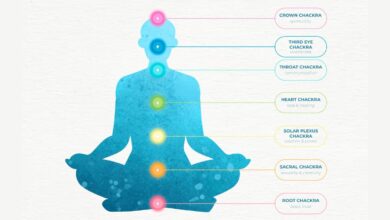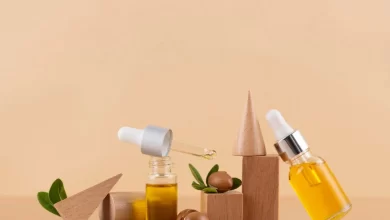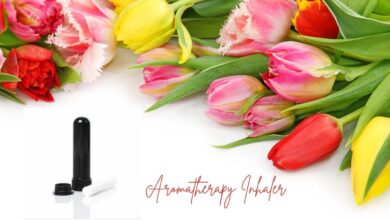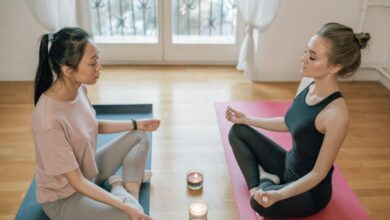The Flower Diffusers a Natural Way to Fragrance & Wellbeing
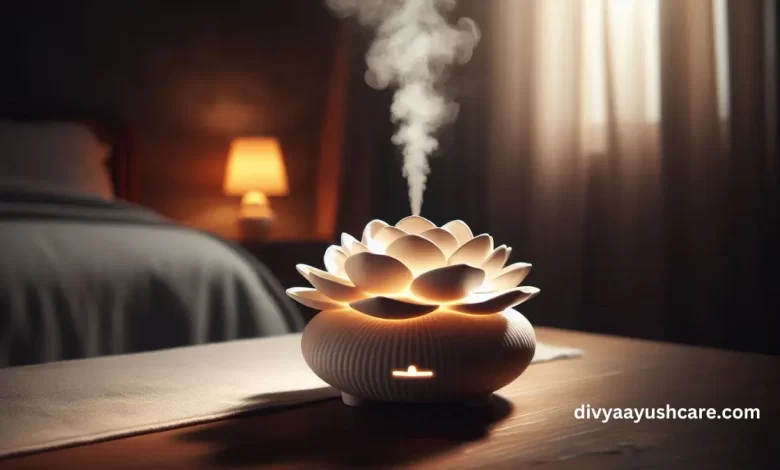
Have you ever walked into a room and been instantly transported to a field of lavender or a sun-drenched citrus grove? That’s the magic of flower diffusers. These delightful devices are more than just pretty decorations; they’re gateways to a world of natural fragrances and potential well-being benefits. In this comprehensive guide, we’ll explore everything you need to know about flower diffusers, from their history to how you can create your own aromatic oasis at home.
Table of Contents
What Are Flower Diffusers?
Imagine a bouquet that not only looks beautiful but fills your space with a gentle, continuous fragrance. That’s essentially what a flower diffuser is. These ingenious devices combine the visual appeal of flowers with the aromatic properties of essential oils or fragrances. Unlike traditional air fresheners or scented candles, flower diffusers offer a more natural and long-lasting way to scent your environment.
The concept of using flowers and plants to fragrance spaces isn’t new. In fact, it dates back thousands of years. Ancient Egyptians used fragrant flowers and herbs in their homes and religious ceremonies. The Romans were known to scatter rose petals in their baths and banquet halls. Fast forward to today, and we’ve found a way to marry this ancient practice with modern technology and design.
Flower diffusers work on a simple principle: capillary action. In most designs, the stems of dried or artificial flowers are placed in a container filled with scented oil. The stems act like wicks, drawing the fragrant liquid upward and releasing it into the air through evaporation. It’s nature’s own air freshener system!
Compared to other types of diffusers, flower diffusers stand out for their aesthetic appeal and simplicity. While electric diffusers require power and regular refilling, and candle diffusers pose fire risks, flower diffusers work silently and continuously with minimal maintenance. They’re like the low-maintenance pets of the aromatherapy world!
The Benefits of Flower Power
Why choose a flower diffuser over other fragrance options? Let’s count the ways:
- Natural and Eco-Friendly: Unlike many synthetic air fresheners, flower diffusers use natural materials and essential oils. This means fewer chemicals in your home and less waste in our landfills.
- Aesthetic Appeal: Let’s face it, a beautiful arrangement of flowers, whether real or artificial, adds instant charm to any room. It’s decor and fragrance in one!
- Long-Lasting Fragrance: A well-maintained flower diffuser can provide consistent scent for weeks or even months, depending on the type and size.
- Therapeutic Benefits: Many essential oils used in flower diffusers are believed to have aromatherapeutic properties. Lavender for relaxation, citrus for energy, eucalyptus for clear breathing – the possibilities are endless.
- Customizable: You can easily switch up the scents and flowers to match your mood, the season, or your decor.
- No Heat or Electricity Required: Most flower diffusers work without any power source, making them safe and energy-efficient.
Types of Flower Diffusers: A Blooming Variety
Just as there are many types of flowers in the world, there are several varieties of flower diffusers to choose from:
- Reed Diffusers: These classic designs use rattan reeds or other porous sticks to draw up and diffuse the scented oil. Add some dried or silk flowers to the vase for a floral touch.
- Ceramic Diffusers: Often shaped like flowers themselves, these porous containers slowly release fragrance through tiny holes or cracks in the ceramic.
- Electric Flower Diffusers: These combine the beauty of flowers with the efficiency of electric diffusers. They often use heat or ultrasonic waves to disperse essential oils, with flowers as decorative elements.
- DIY Flower Diffusers: For the crafty among us, homemade flower diffusers offer endless possibilities for customization.
Choosing Your Blooms and Scents
The key to a great flower diffuser lies in choosing the right combination of flowers and fragrances. Here are some popular choices:
Flowers:
- Lavender: Known for its calming properties
- Rose: A classic, romantic scent
- Jasmine: Sweet and exotic
- Eucalyptus: Fresh and invigorating
- Chamomile: Soothing and gentle
Essential Oils:
- Lemon: Energizing and uplifting
- Peppermint: Refreshing and focusing
- Vanilla: Warm and comforting
- Sandalwood: Grounding and relaxing
When combining scents, think about the effect you want to achieve. Lavender and vanilla can create a relaxing bedtime blend, while citrus and peppermint might make an invigorating office scent.
DIY Flower Diffuser: Crafting Your Own Aromatic Masterpiece
Ready to try your hand at making a flower diffuser? Here’s a simple guide:
Materials Needed:
- A vase or container
- Rattan reeds or other diffuser sticks
- Carrier oil (like sweet almond or safflower oil)
- Essential oils of your choice
- Dried or artificial flowers
- Alcohol (vodka works well)
Steps:
- Mix your carrier oil with about 30% alcohol. This helps the scent travel up the reeds.
- Add 15-20 drops of essential oil per 1/4 cup of carrier oil mixture.
- Pour the mixture into your chosen container.
- Add your diffuser sticks and flowers.
- Flip the sticks after a few hours to start the diffusion process.
Tip: Remember, less is more with essential oils. You can always add more if the scent isn’t strong enough.
Keeping Your Diffuser Fresh
To keep your flower diffuser working its fragrant magic:
- Clean the container regularly to prevent oil buildup.
- Replace the reeds every few months, or when they become saturated.
- Refresh the oil mixture every 2-3 months, or when the scent fades.
- Keep your diffuser out of direct sunlight and away from heat sources to preserve the oils.
Flower Diffusers in Home Decor
Flower diffusers aren’t just functional; they’re also fantastic decorative pieces. Here are some ideas to incorporate them into your home:
- Place a lavender diffuser in your bedroom for a sleep-friendly atmosphere.
- Use a citrusy scent in your home office to keep you alert and focused.
- Create a welcoming entrance with a floral diffuser in your foyer.
- Match your diffuser to seasonal decor – think pine and cinnamon for winter, fresh florals for spring.
Health Benefits and Precautions
While flower diffusers can offer many benefits, it’s important to use them responsibly:
Benefits:
- Stress reduction through calming scents
- Improved sleep quality with relaxing aromas
- Enhanced mood and energy levels
- Potential respiratory benefits from certain oils
Precautions:
- Some essential oils can be harmful to pets. Always research pet-safe options.
- Pregnant women and those with certain health conditions should consult a doctor before using essential oils.
- Never ingest oils from your diffuser.
- If you experience any adverse reactions, discontinue use immediately.
Conclusion
Flower diffusers offer a beautiful, natural way to fragrance your space and potentially boost your well-being. Whether you choose a store-bought diffuser or craft your own, you’re sure to find a combination of flowers and scents that turns your home into a fragrant haven. So why not give it a try? Your nose (and your decor) will thank you!
Disclaimer: This article is for informational purposes only and is not intended as medical advice. Always consult with a qualified healthcare provider before starting any new aromatherapy regimen, especially if you have pre-existing health conditions or are pregnant or nursing.
References:
- Aromatherapy: A Complete Guide to the Healing Art by Kathi Keville and Mindy Green
- The Encyclopedia of Essential Oils by Julia Lawless
- “Effects of Inhaled Essential Oils on Mental Exhaustion and Moderate Burnout: A Small Pilot Study” – The Journal of Alternative and Complementary Medicine
- “Lavender and the Nervous System” – Evidence-Based Complementary and Alternative Medicine
- National Association for Holistic Aromatherapy (NAHA) website
- The Fragrant Mind by Valerie Ann Worwood
Related Article: The Magic of Jasmine Essential Oil: A Comprehensive Guide to Its Uses and Benefits
